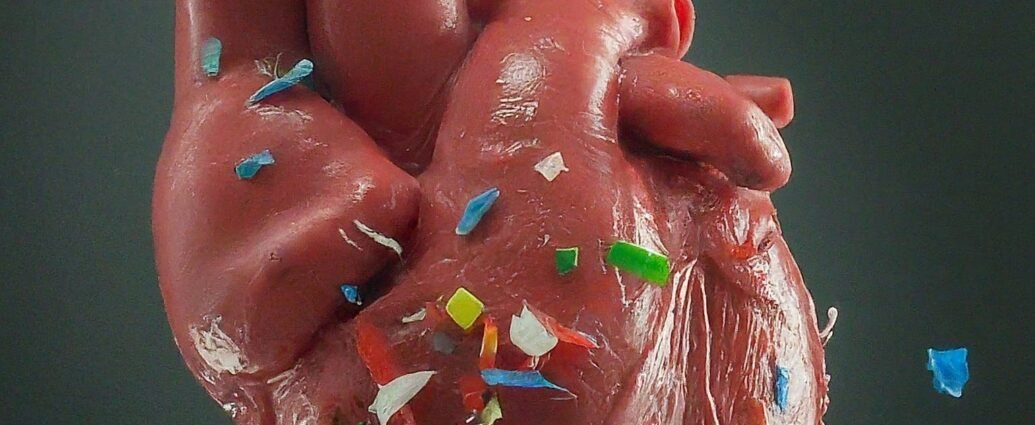Microplastics, tiny plastic fragments, are a growing environmental concern. Now, a new study suggests they may pose a threat to our health as well.
The culprit: plaque buildup in arteries. This condition, called atherosclerosis, narrows blood vessels and increases the risk of stroke and heart attack. Plaques typically contain cholesterol, fatty substances, and cellular waste.
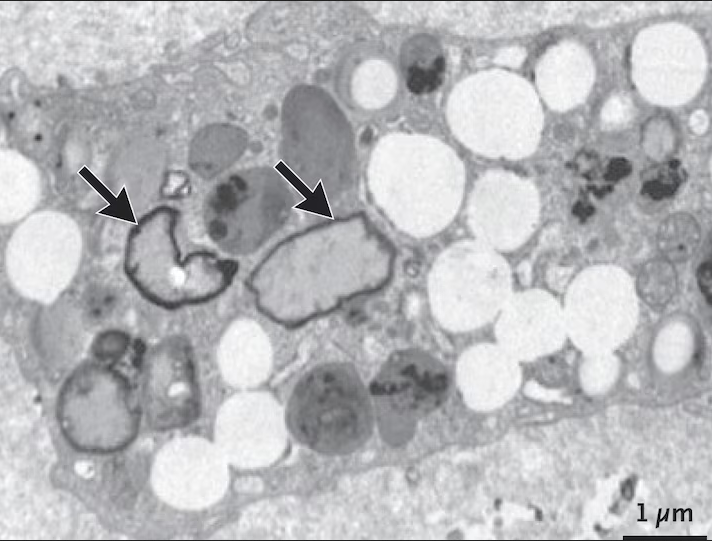
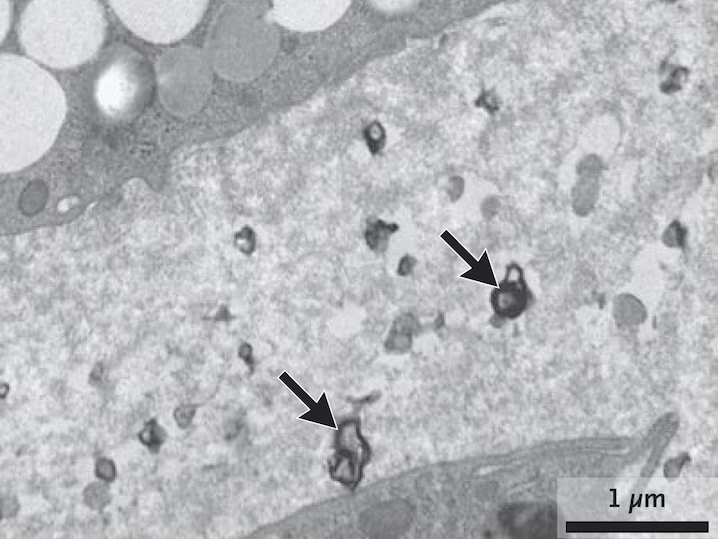
This study analyzed plaque from 300 people with atherosclerosis. Some also had microplastics and even smaller nanoplastics lodged within these plaques, particularly in the carotid artery (supplying blood to the brain).
Here’s the worrying part: those with plastic-laden plaques were over four times more likely to experience heart attack, stroke, or death within three years compared to those without microplastics.
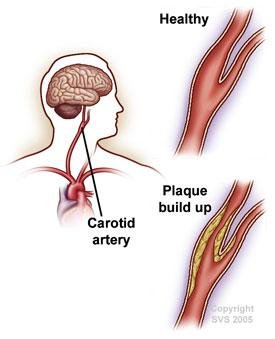
The study involved a surgical procedure (carotid endarterectomy) to remove plaque buildup from the carotid artery. Researchers then analyzed the removed plaque for plastic content. While they didn’t differentiate between microplastics (rice grain-sized) and nanoplastics (ten times thinner than a human hair), they identified polyethylene (the most common plastic) in 58% of patients and PVC (polyvinyl chloride) in 12%.
Electron microscopy revealed jagged-edged foreign particles within plaque macrophages – white blood cells that engulf and destroy foreign invaders. These particles were likely the microplastics.
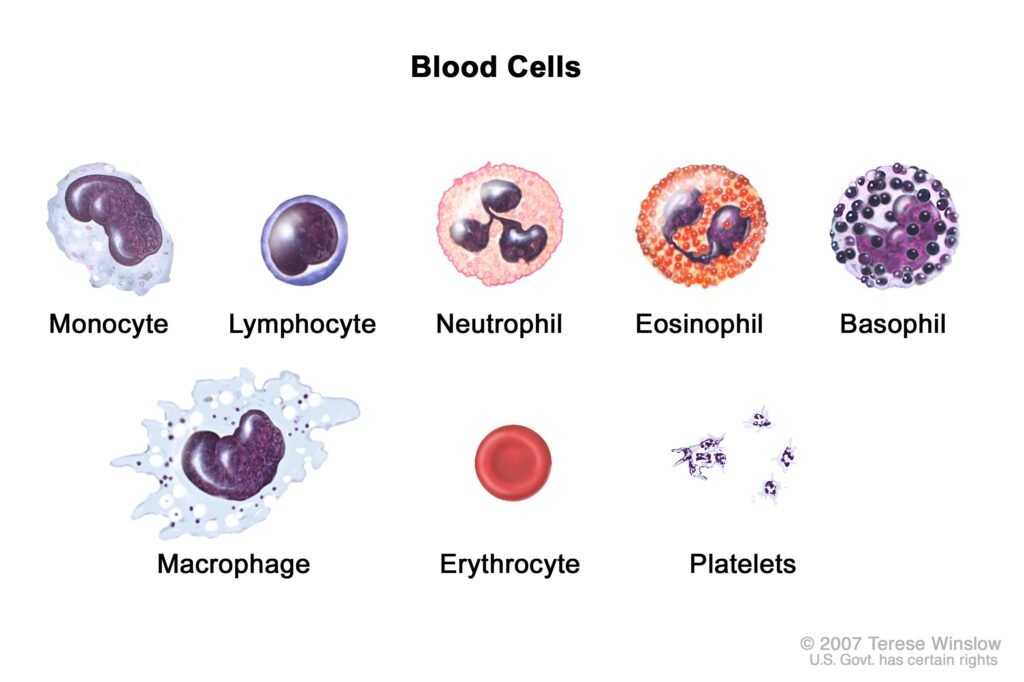
Following 257 patients for 2-3 years, the researchers found those with microplastics had a 4.5 times higher risk of heart attack, stroke, or death.
“This is the first time we’ve seen a human health effect attributed to the particles themselves. Until now, the mantra has always been, Well, the particles are there, but we don’t know anything about what they’re doing. This paper changes that.”
Reference- National Geographic, New England Journal of Medicine, National Cancer Institute






